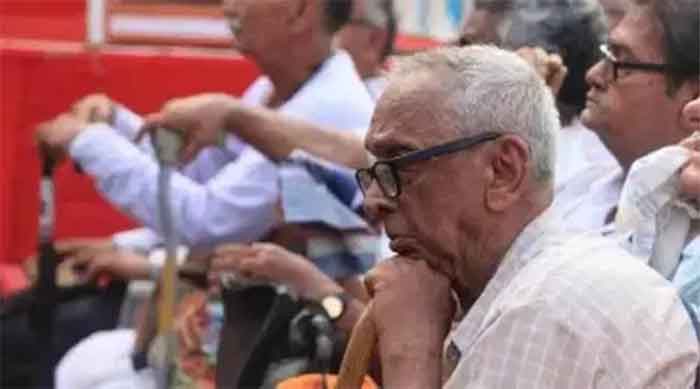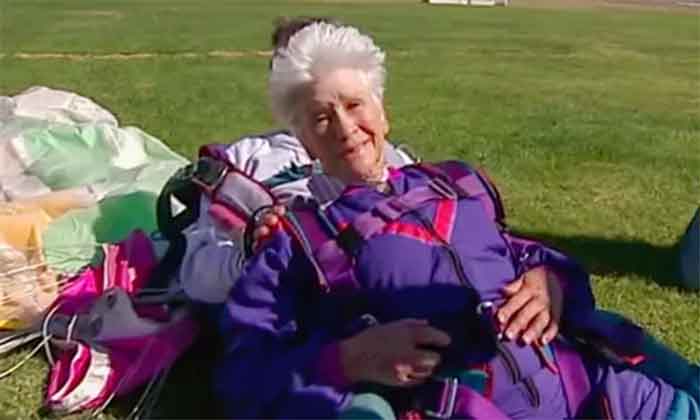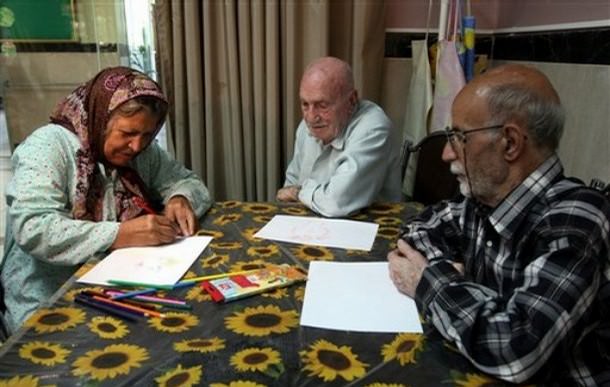
Recently I had the opportunity to watch the Hindi film adaptation of Jaywant Dalvi’s famous Marathi play “ Sandhya Chhaya”. Set in the Mumbai (then Bombay) of the 1970s, it deals with the challenges of empty nesters. The play has just two characters – an elderly couple ( endearingly called “nana” and “nani”) who live in a large but empty flat. The couple have two children – the eldest in whom the couple seem to have invested a lot is a doctor. He was educated in India but then leaves to study, work and eventually marry in the US. He hasn’t been home in 8 years and the only communication is through letters – remember this is the 70s , so no email. Less often they talk on phone through trunk calls – a creature that only old timers will know. The younger son is in the army and also away from home. Though deprived of company there is no financial deprivation. The son or at least the elder one , who views the world in terms of money keeps them well provided.
There is one lament made by the couple -and that too more than once that caught my attention. More than once the couple mention that they had brought up their sons, particularly the older one as an insurance policy for their old age or as as the mother put it “ budhape ki lathi” . They also imply that only sons were suited for this and as an after though consider that perhaps a daughter or daughter in law too could do the job.The lament of course is that now that they have actually hit old age and it is payback time, the insurance has fallen through.
In India, the law in a sense tends to side with the Nanas and the Nanis. The Maintenance and Welfare of Parents and Senior Citizens Act, 2007 requires children/grandchildren to provide financially for their parents in their old age. Considering the news that one gets to often read, this is a good thing. However, in the play under discussion, the children had made adequate financial provision for their parents; it is the emotional void that they were badly experiencing that their children could not or would not fill. Sadly the law can not dictate how often a son or a daughter ought to visit home or how often they should make phone calls….. that aching loneliness empty nesters have to learn to live with. While it is good that the law recognised that a vast majority of Indians have no option but to depend on their children in their later years and accorded social legitimacy to the the societal practice of “ budhape ka sahara or lathi” , just how helpful is this practically, ethical and more considerations aside ?
Let us talk numbers. India is predominantly young as far as demographics goes but because of the size of our population, the elderly population is quite high. In 2011 census, the 60+ population accounted for 8.6% of population, accounting for 103 million elderly people. Growing at around 3% annually, the number will rise to 319 million in 2050. Typically states where there is a lot of out migration will have a large number of elderly people left behind . A foretaste of what is to come can be seen by examining the data for Kerala which is ageing faster than the rest of India as per the economic review tabled in the State Assembly in 2021.
“In 1961, Kerala’s 60 plus population was 5.1 percent, which was just below the national level of 5.6 percent. Since 1980, Kerala has overtaken the rest of India and in 2001 the proportion of the old age population rose to 10.5 percent as against all India average of 7.5 percent. By 2011, 12.6 percent of Kerala’s population is past 60 years, compared to the all India average of 8.6 percent. By 2015, population data show that it increased to 13.1 per cent in Kerala against the all India average of 8.3 per cent (SRS Statistical Report 2015). Currently, 48 lakh people (projected figures of the population in 2018) of Kerala are 60 years and above; 15 per cent of them are past 80 years, the fastest-growing group among the old,” says Economic Review.
The play “ Sandhya Chabi” ends with “ nani” and “ nani” jointly committing suicide by taking an overdose of sleeping pills unable to cope with the overpowering loneliness and isolation exacerbated by their own lack of mobility due to age related issues thus eliminating all other options of social life. There are no statistical measures to capture loneliness and the the sense of loss one experiences when some one will not come back any more ; not because they are dead because at least then there is a closure but because like the Biblical prodigal son they are alive and yet gone. But let us come back to Kerala which arguably has the apparatus to capture as accurately as feasible all the data that is measurable.
If suicides among the elderly are a reasonable proxy for loneliness as in Dalvi’s play, lets us look at Kerala again. In 1995, 32 persons in one lakh population in the state committed suicide and it has come down to 21.6 in one lakh population in 2015, according to the National Crime Records Bureau statistics. “However, the percentage of elderly population above the age of 60 in this was 12 in 1995 which shot up to 19 percent in 2015,” according to social activist and psychiatrist Dr C.J. John who associates with Mythri, an NGO engaged in prevention of suicides.
So does chronic isolation and loneliness drive the elderly to suicide in Kerala and elsewhere ? Nothing can be conclusively said. In a society where mental health issues continue to be brushed under the carpet in general, who is going to care about the mental wellness of the elderly who are not economically productive ? Clearly no one. Meanwhile the timeless play of Jaywant Dalvi will continue to be enacted in the lives of countless “Nanis” and “Nanis” across the length and breadth of India.
Dr Shantanu Dutta , a former Air Force doctor is now serving in the NGO sector for the last few decades.












































